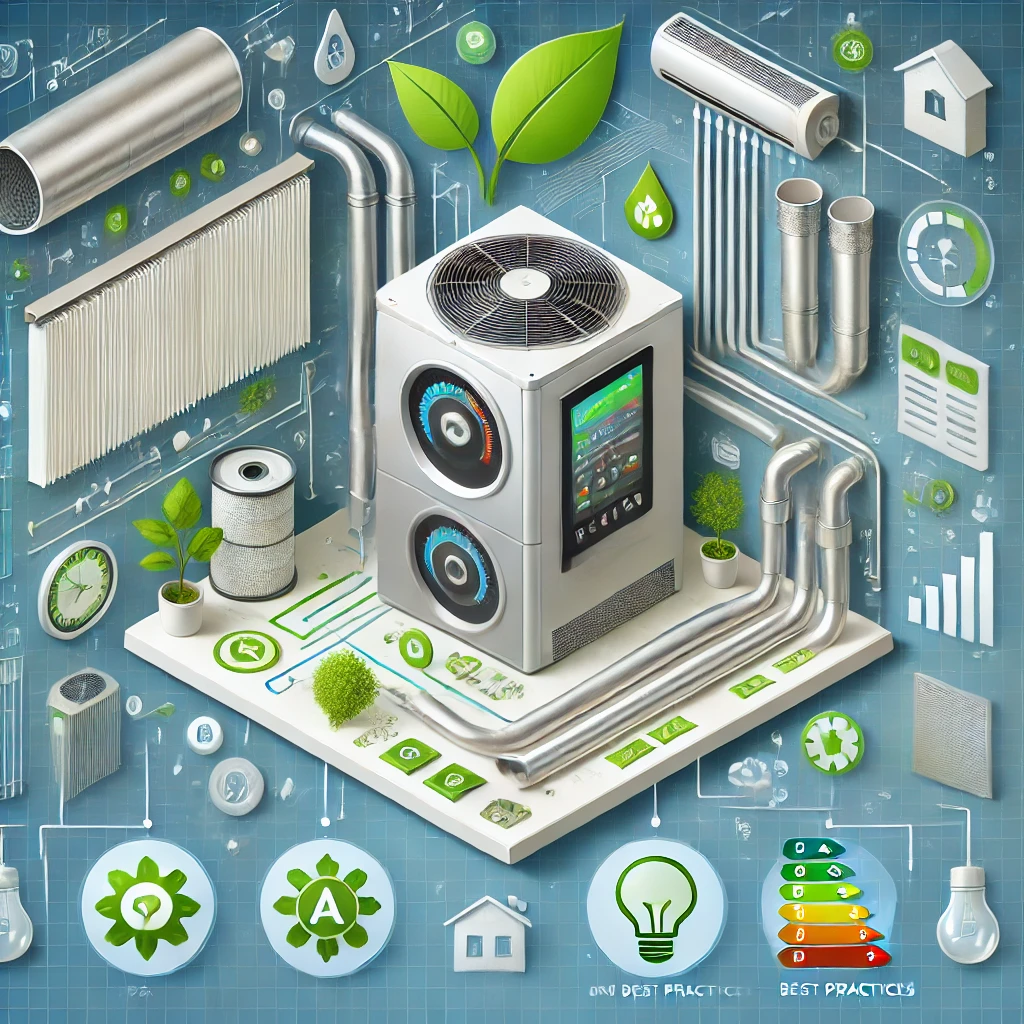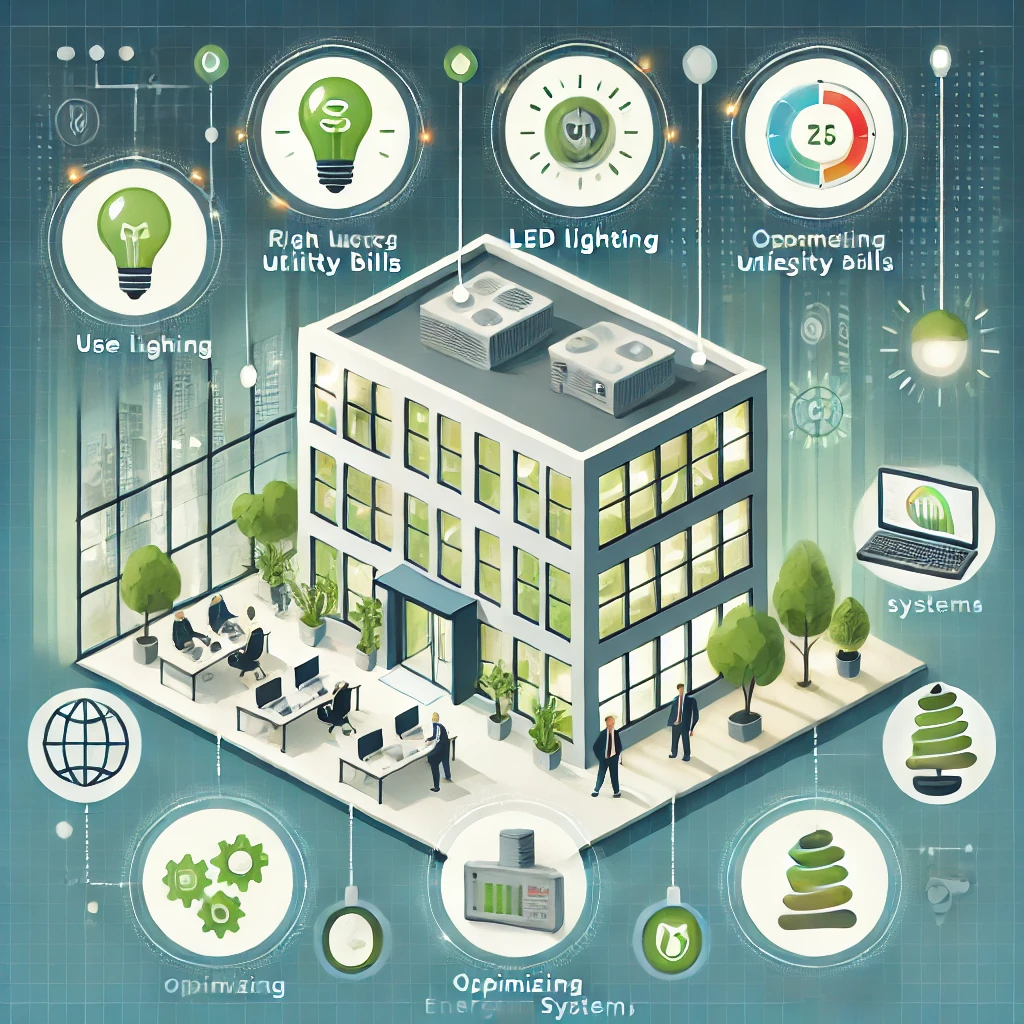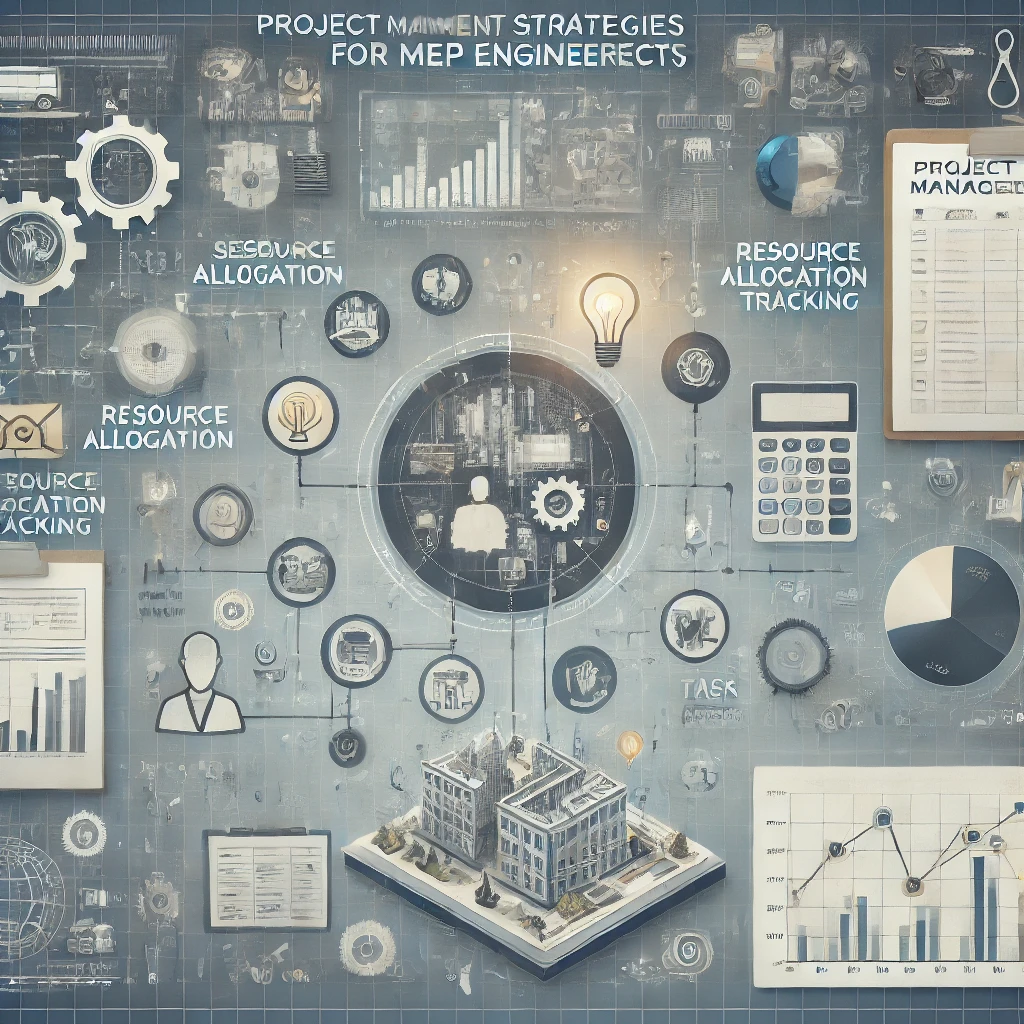Case Study: Successful MEP Engineering Projects
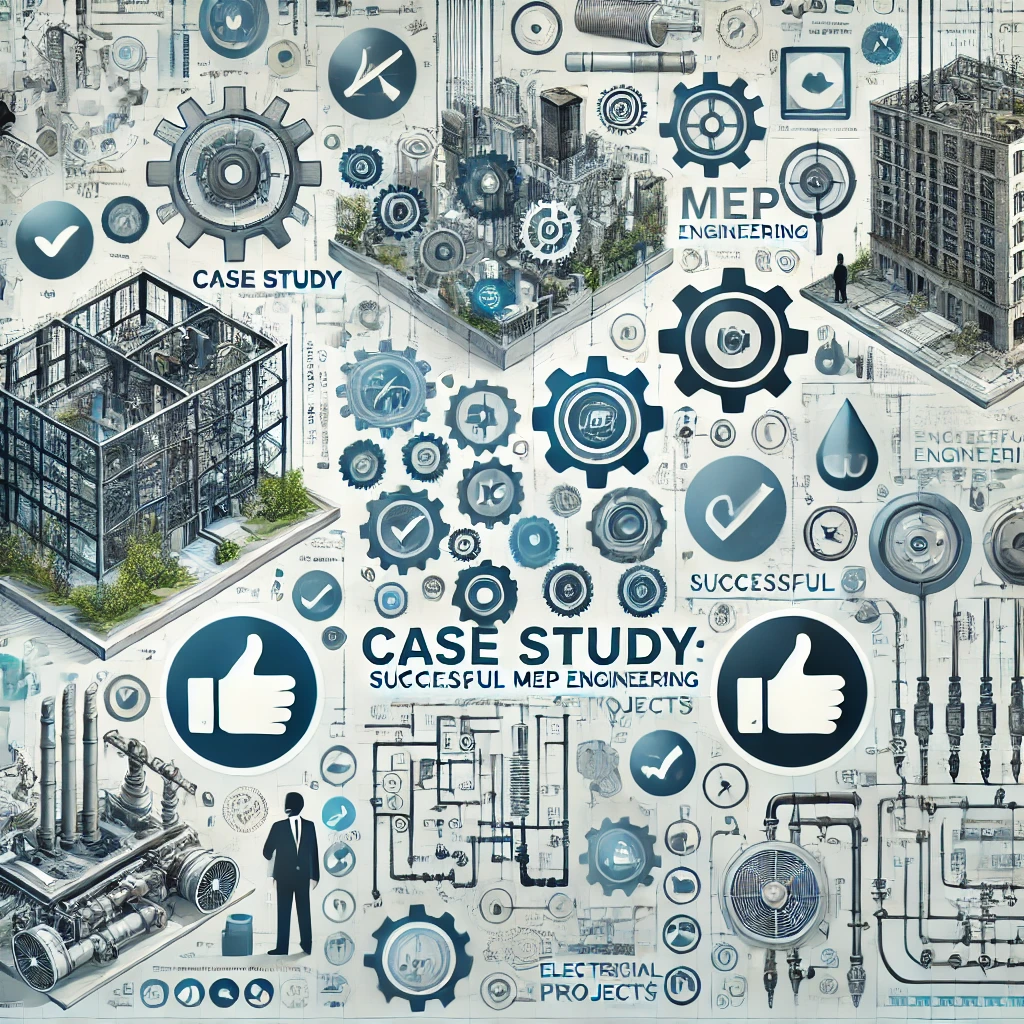
Mechanical, Electrical, and Plumbing (MEP) engineering plays a critical role in the functionality and efficiency of modern buildings. Successful MEP projects require meticulous planning, innovative design, and effective implementation. This case study explores exemplary MEP engineering projects that have set benchmarks in the industry, highlighting the strategies, challenges, and solutions that led to their success.
Case Study 1: The Green Tower
Project Overview
The Green Tower is a 50-story commercial building designed to be a model of sustainability and energy efficiency. Located in a bustling urban area, the project aimed to achieve LEED Platinum certification, the highest standard for green buildings.
Key MEP Strategies
- Innovative HVAC Systems: Implemented a geothermal heat pump system to reduce energy consumption.
- Smart Lighting: Installed LED lighting with occupancy sensors and daylight harvesting controls.
- Water Conservation: Utilized rainwater harvesting and greywater recycling systems.
Challenges and Solutions
- Space Constraints: Overcame limited space for HVAC systems by integrating compact, high-efficiency units.
- Energy Management: Achieved optimal energy use through advanced Building Management Systems (BMS) and real-time monitoring.
Outcomes
- Energy Savings: Reduced energy consumption by 30% compared to conventional buildings.
- Sustainability: Achieved LEED Platinum certification and received multiple awards for green building design.
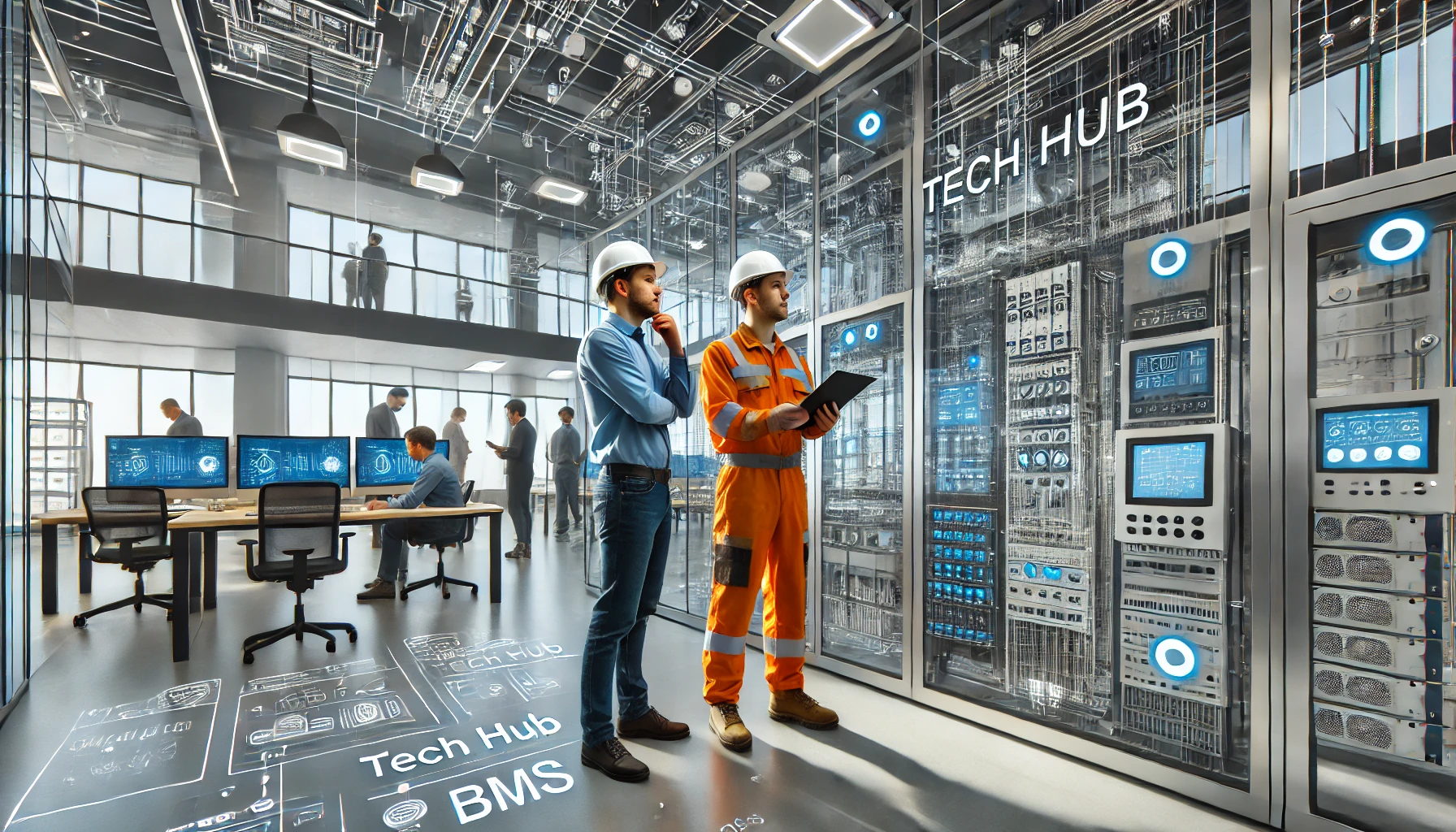
Case Study 2: The Tech Hub
Project Overview
The Tech Hub is a state-of-the-art office complex designed to support a leading technology company. The project focused on creating a high-performance workplace with advanced technological integration.
Key MEP Strategies
- Integrated BMS: Deployed an integrated Building Management System to control HVAC, lighting, and security.
- Advanced Electrical Systems: Installed redundant power systems and uninterruptible power supplies (UPS) to ensure continuous operation.
- Comfort and Air Quality: Used advanced air filtration and climate control systems to enhance indoor air quality and occupant comfort.
Challenges and Solutions
- Technological Integration: Ensured seamless integration of various smart systems through rigorous testing and commissioning.
- Reliability: Addressed power reliability concerns by incorporating backup generators and battery storage.
Outcomes
- Enhanced Productivity: Improved occupant productivity and satisfaction through a comfortable and technologically advanced environment.
- Operational Efficiency: Achieved significant operational cost savings through automated and efficient building systems.
Conclusion
These case studies illustrate the importance of strategic planning, innovative design, and effective implementation in successful MEP engineering projects. By overcoming challenges and leveraging advanced technologies, these projects set new standards in energy efficiency, sustainability, and occupant comfort. MEP engineers can draw valuable lessons from these examples to apply to future projects, ensuring continued success in the field.
Category:

